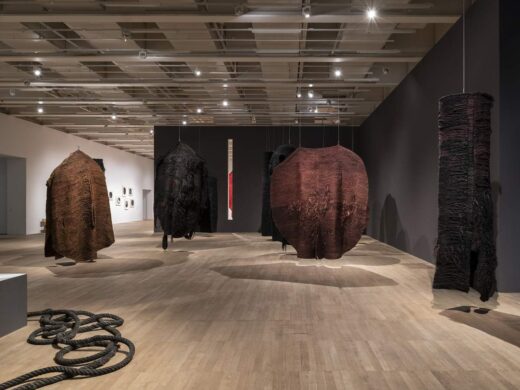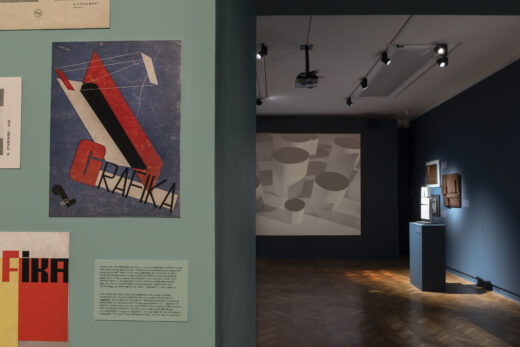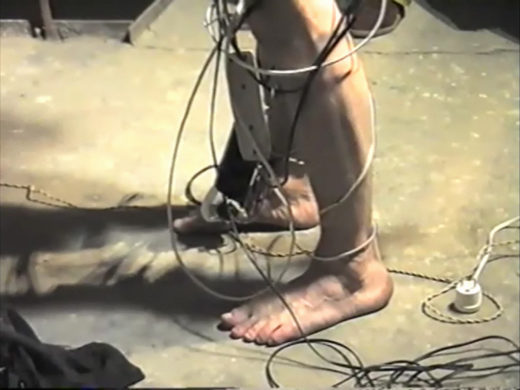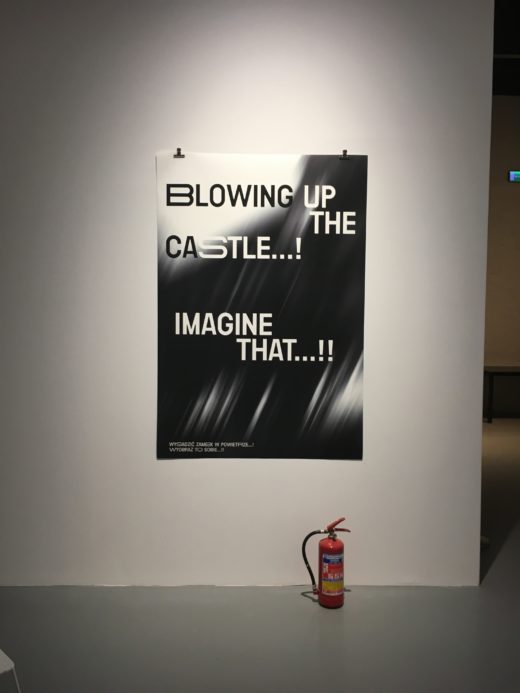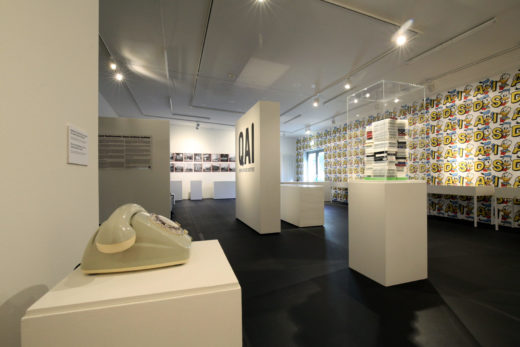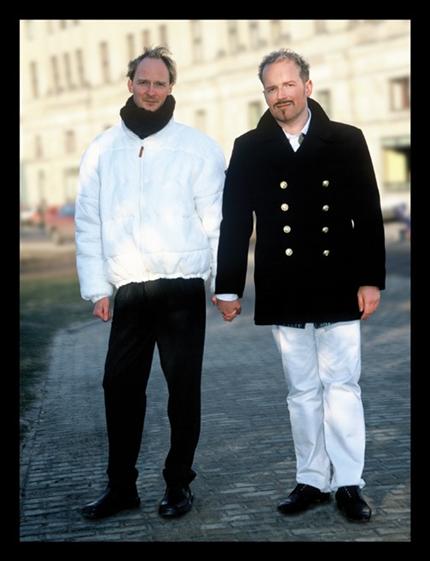Multiple Realities: Experimental Art in the Eastern Bloc 1960s-1980s
Multiple Realities: Experimental Art in the Eastern Bloc 1960s-1980s, at Walker Art Center, November 11, 2023 – March 10, 2024; Phoenix Art Museum, April 17, 2024 – September 15, 2024; and Vancouver Art Gallery, December 14, 2024 – April 21, 2025
Thirty-two years after the collapse of the Soviet Union, the exhibition Multiple Realities offers a geographically expansive introduction to the creative autonomy that existed behind the Iron Curtain. To the average—which is to say non-specialist—viewer, Multiple Realities provides an intelligible, though not altogether nuanced, view of the Cold War East as a space ruled by ideological inflexibility. Nevertheless, … Read more


